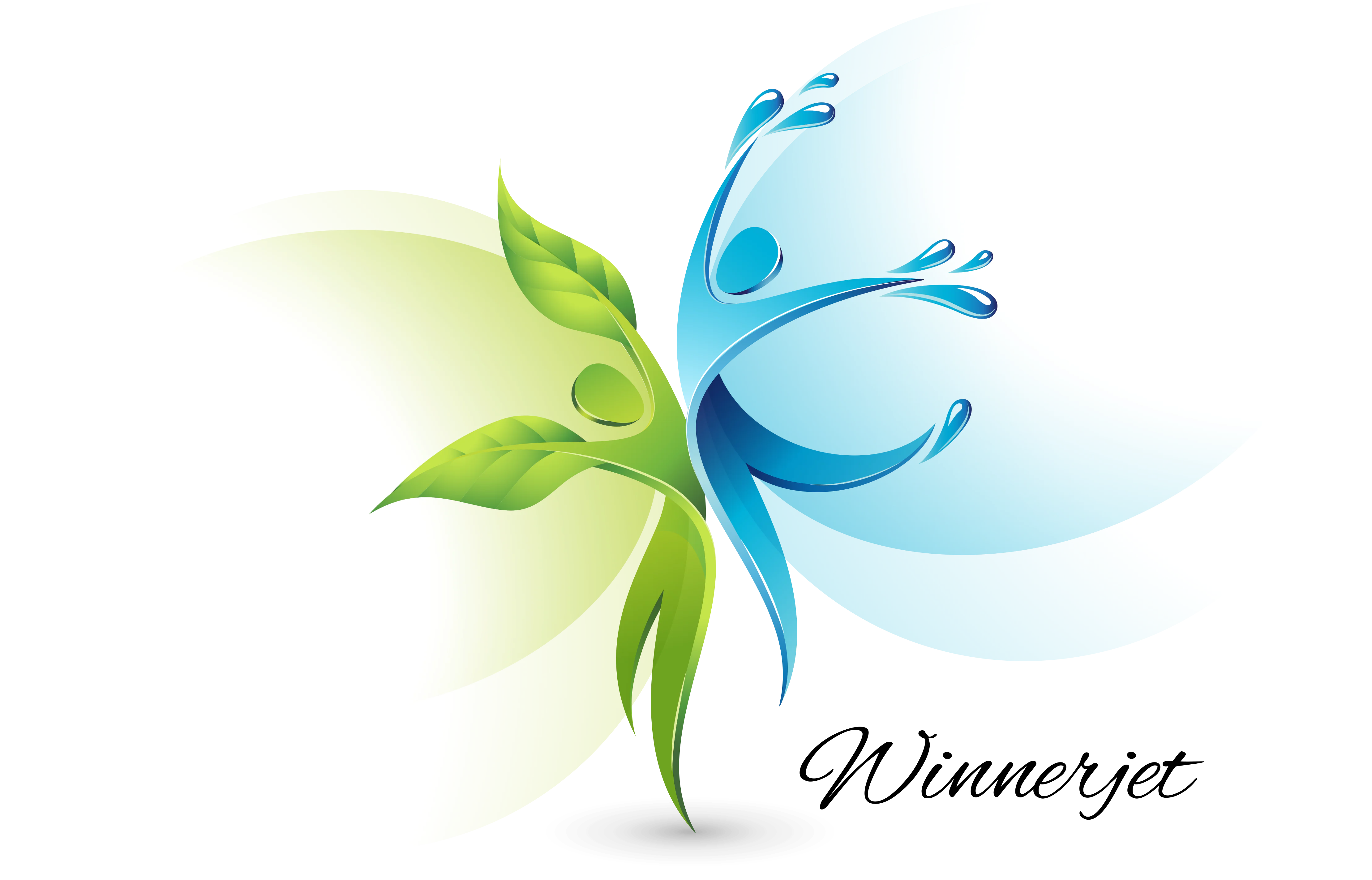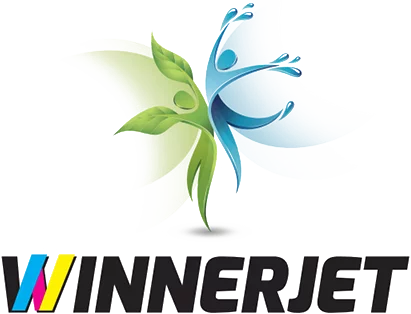In recent years, the printing industry has made great progress, and more and more businesses are beginning to choose DTF printers.
For the apparel industry or anyone interested in a unique printing method, learning about DTF can lead to new creative opportunities.
This guide will introduce you to the DTF process, how DTF printers work, the pros and cons, and why you should consider using a DTF printer.
What is the Direct Film Process?
The direct printing process is to print the pattern on the DTF film and then transfer it to the fabric surface using a heat press. Unlike the DTG method, which is only suitable for cotton fabrics, DTF can be printed on polyester, cotton, polyester, nylon, silk, leather, and blends.
What is a Printer DTF?
Printer DTF or Direct to Film printer. It is a specialized printer that prints designs directly onto DTF Film. These printers are equipped with special inks and software that are able to print high-quality patterns and transfer them to fabric.
How DTF Printer Works?
The operation of the DTF printer can be divided into several key steps:
- Design Preparation: Use the design software to create the desired print pattern and save it in a format supported by the DTF printer.
- Start Printing: The DTF printer is used to print the design onto a special DTF PET film. Use white ink for the base color and CMYK ink for the print color to ensure that the design is opaque and vibrant.
- Applying DTF Powder: After printing, a powder adhesive is applied evenly over the wet ink on the film.
- Cure Powder: The adhesive-coated film is then cured, often using an oven to activate the adhesive and ensure correct bonding during transfer.
- Transfer: Finally, the printed and cured film is placed onto the fabric and heated with a heat press. The heat activates the adhesive and transfers the design to the material.
Essential equipment and materials for DTF printing
- DTF Printer: Direct-to-film printer, a dedicated machine for DTF printing. According to the size, there are 30cm, 33cm, and 60cm.
- DTF Printer Ink: DTF printer dedicated ink, a pigment ink. Conventional colors are black, cyan, magenta, yellow, and white. White ink constitutes the basic background color of printing, while color prints patterns on the film.
- DTF PET Film: Also known as DTF transfer film, the thickness is about 0.75 mm. Common ones are sheet film and roll film. There are two types according to the film tearing method. Cold peeling film and hot peeling film.
- DTF Hot Melt Powder: It is a granular product that can be used as an adhesive. Common ones are white and black. According to the particle size, there are fine powder, medium fine powder, coarse powder, etc.
- Automatic Powder Shaker: It is a component of the DTF printer. The main function is to apply powder on the DTF film in a uniform manner. In addition, the powder shaker can also remove excess powder.
- Curing Oven: A small industrial oven melts the hot melt powder covering the DTF film. Alternatively, you can also use a heat press to perform this function. However, the effect may be less ideal.
- Heat Press: This device is used to transfer the printed image on the film to the desired surface or fabric. You can also use this machine to melt the powder on the DTF film.
- DTF Printer Software: Software is an important part of a DTF printer because it controls color configuration, drop size, ink volume, and several key factors that affect print quality. You will need specialized RIP software for DTF printing to handle white and CMYK colors.
Pros and Cons of DTF Printer
Pros:
- Versatility: Print on any fabric, including dark and light colors.
- High Quality: Prints are colorful, detailed, and washable.
- No Pretreatment Required: Unlike DTG printing, garments do not require any pretreatment
- Cost-Effectiveness: Flexibility for one-piece or large-volume orders without expensive setup costs.
Cons:
- Feel: Printed areas may not be as soft to the touch as DTG and sublimation printing.
- Initial Cost: DTF printers and materials may have a higher initial cost than some traditional methods.
- Printing Difficulty: Skilled printing requires knowledge of the printer and its curves.
- Maintenance Costs: Regular cleaning and maintenance is required.
Why Choose DTF Printer?
DTF printers are an excellent choice for businesses and individuals who want to achieve high-quality prints in a variety of textile printing. DTF printers can be applied to dark and light-colored fabrics.
Find information about Winnerjet DTF printers here.
DTF printers can help you remove the limitations of traditional printing. In addition, DTF printers do not require pre-processing, which can save printing costs and improve production efficiency.
In short, the textile industry will see significant growth in DTF printers in the next few years. More and more companies will adopt DTF printing solutions to improve their competitive advantage. Therefore, if you are a company that wants to produce custom clothing or T-shirts cost-effectively and wants to expand your printing capabilities, investing in a direct-to-film printer may change your business.
FAQS
What is the difference between DTF printing and DTG printing?
DTG printing is mainly suitable for cotton fabrics and requires pretreatment of the garments. DTF printing can be used on any fabric without pretreatment.
Is DTF printing washable?
Yes. It can withstand more than 60 washes without fading.
How long does it take for a DTF printer to complete a design?
Generally speaking, it may take 3-5 minutes to print an A3-sized pattern.
Can DTF PET film be reused?
It cannot be reused. DTF PET film is a disposable material. After each design is transferred, a new film is required for printing.
Is DTF printing environmentally friendly?
DTF printing is more environmentally friendly than screen printing. No plate-making is required, which reduces water waste.












